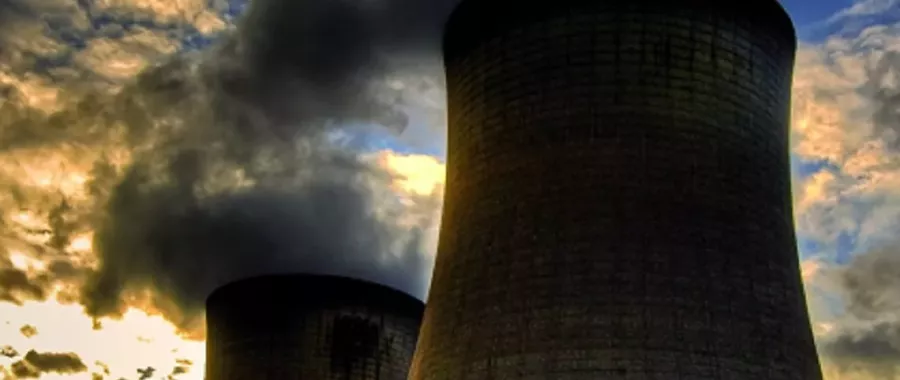ESG - now SOCOTEC - has provided the construction group CVB JV with ground investigation services to support work on the Thames Tideway Tunnel project in East London.
Summary of works
Client: CVB JV
Project name: Ground Investigation at Thames Tideway

Case Study
Taking care of the Thames

Delivered by Tideway, the super sewer tunnel is 25 kilometres long and seven metres in diameter, and will be located 65 metres below the surface. The scheme is the biggest infrastructure project ever undertaken by the UK water industry and, when complete, will tackle the challenge of sewage pollution in the River Thames.
CVB - a joint venture of construction giants Costain, VINCI Construction Grands Projects and Bachy Soletanche - was awarded the contract to carry out work on the eastern section of the tunnel, tunnelling between Chambers Wharf in Bermondsey and Abbey Mills in Stratford, as well as creating a further connection tunnel from Greenwich to Chambers Wharf. This entails undertaking construction of five deep shafts into the chalk, including two tunnel drive shafts at Chambers Wharf and Greenwich.
With its extensive expertise in geotechnical investigations, ESG was brought on board to assess five sites in the eastern section of the project prior to work being carried out. These included the site of one of the shafts at Chambers Wharf in the Borough of Southwark, where ESG supported CVB in identifying optimum construction solutions.
Delivered by Tideway, the super sewer tunnel is 25 kilometres long and seven metres in diameter, and will be located 65 metres below the surface. The scheme is the biggest infrastructure project ever undertaken by the UK water industry and, when complete, will tackle the challenge of sewage pollution in the River Thames.
CVB - a joint venture of construction giants Costain, VINCI Construction Grands Projects and Bachy Soletanche - was awarded the contract to carry out work on the eastern section of the tunnel, tunnelling between Chambers Wharf in Bermondsey and Abbey Mills in Stratford, as well as creating a further connection tunnel from Greenwich to Chambers Wharf. This entails undertaking construction of five deep shafts into the chalk, including two tunnel drive shafts at Chambers Wharf and Greenwich.
With its extensive expertise in geotechnical investigations, ESG was brought on board to assess five sites in the eastern section of the project prior to work being carried out. These included the site of one of the shafts at Chambers Wharf in the Borough of Southwark, where ESG supported CVB in identifying optimum construction solutions.
An expert team for a challenging site
The Chambers Wharf shaft is a key part of the Thames Tideway project. As well as providing a point of access to the excavation work for the main tunnel, works will also take place for the construction of a ventilation system, as well as a new river wall to replace the old flood defences. The site also requires temporary structures, including a cofferdam, to be built to protect the site from the tide during building work.
Partly located on recently cleared brownfield land, and partly on the adjacent river foreshore, the site is a complex one, potentially featuring a wide range of soil strata and surface deposit types, as well as buried structures.
To support CVB in understanding ground conditions prior to starting construction, ESG provided a team of ground investigation experts to the Chambers Wharf site. The ESG team provided high-quality, fast and accurate core drilling services, in-situ testing and laboratory analysis.
Tim Newman, geotechnical engineer at CVB, explained: “This was a truly complex site, and it was crucial that we had the right consultants working with us to get the job done to the precise standards required. The ESG team had an impressive wealth of experience carrying out ground investigations on challenging projects that made them the ideal choice for this project.”
A meticulous approach to testing
ESG’s ground investigation team carried out a number of tests to assess the nature of the site. Of particular importance to CVB was the drilling of 100m deep chalk boreholes. CVB was interested in identifying deep chalk fissures to inform its design for grouting of the chalk.
The chalk cores were drilled using ESG’s drilling rigs. The cores were logged on site, and their fissures studied for their size and number. Within the borehole, ESG also carried out high-pressure dilatometer (HPD) pressuremeter testing, packer testing and down-hole geophysical analysis to determine the strength and resilience of the rock in situ.
Hannah Dwane, assistant operations manager, Infrastructure Service ESG, added: “When building underground infrastructure, the strength of the bedrock or sediment, as well as the presence of fractures and fissures, all have an impact on the way the structure is designed. Offering detailed information about the state of the material that is due to be removed can help developers understand exactly what to expect during excavation, so they can fully plan the construction process.”
Throughout the project, ESG worked closely with both CVB and its designer, Mott MacDonald, to relay the findings of its core analysis in real time. In doing so, both organisations were able to work together to devise and undertake additional tests or deploy new testing methodologies to provide CVB with the required understanding about the nature of the ground beneath the site.
Drillers’ logs were recorded in ESG’s proprietary geotechnical data application, SILAS. This meant that results from the site could be relayed in real time to ESG’s off-site facilities for further analysis, where needed.
A successful partnership
ESG’s analysis of the Chambers Wharf site is now complete and work on preparing the shaft is underway. Due to the organisation’s expertise in ground investigation and in-depth guidance, CVB now has the information it needs to carry out construction.
Speaking about the investigation, Matt Bellhouse, lead geologist at CVB, commented: “ESG worked closely with our team from the very beginning of the project, and its experts really impressed us with their hard work, care and attention to detail. The ESG team was integral in ensuring the smooth running of many parts of the project.
“It was great to see how well the logging of the site’s stratigraphy had been carried out, with the key fossils identified to support the team’s interpretations. We were really impressed by the team’s flexibility and versatility when developing additional tests to study newly-identified anomalies.”
Hannah Dwane concluded: “Collaborating with CVB and its partners, we were able to devise the most appropriate testing methodologies to provide accurate data on an extremely busy and cramped site, without impacting on the project schedule. As a result, CVB had the information it required to design a shaft capable of lasting throughout the projected lifetime of the Tideway, while ensuring the project was carried out efficiently and on time.”





